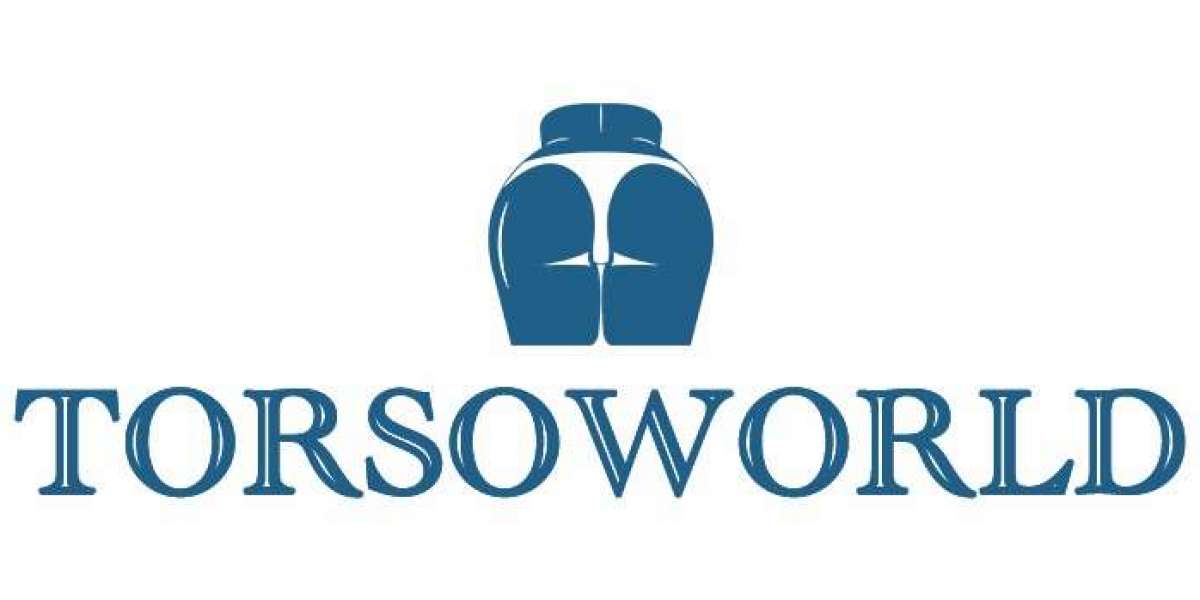Advantages of Mice as an Animal Model for Studying Human Diseases
Mice models are highly valued in research laboratories due to their numerous advantages. The genetic composition and pathophysiology of diseases in mice closely mirror those of humans, facilitating effective research and drug testing. Genetically modified mice can mimic human diseases, allowing researchers to study disease mechanisms and test potential treatments. Moreover, mice have an accelerated life span, enabling the study of their entire life cycle within 2-3 years. These models are also cost-effective, easy to handle, transport, and reproduce, making them an excellent choice for research.
Increasing Prevalence of Cancer to Drive Demand for Mice Models in Cancer Research
The rising incidence of cancer globally is a significant driver for the mice model market. According to the International Agency for Research on Cancer (IARC), 1 in 5 people worldwide will develop cancer in their lifetime, with 1 in 8 men and 1 in 11 women dying from the disease. By 2030, new cancer cases are expected to reach 24.5 million, with cancer-related mortalities increasing to 12.9 million. Mice models are crucial in cancer research, helping to identify genetic causes, reproduce tumor types, and test new therapies. The escalating prevalence of cancer fuels the demand for these models in oncology studies.
Technological Advancements in Mice Models
Technological advancements in mice models are pivotal to market growth. Techniques such as CRISPR/Cas9, embryonic stem cell injection, and nuclear transfer have revolutionized genome editing, enabling the creation of precise mouse models that mimic human diseases. These technologies offer cost-effective, time-saving solutions and potentially reduce the number of animals required for studies, enhancing the efficiency and effectiveness of research.
Key Findings of the Mice Model Market Study
Inbred Mice Segment to Dominate the Market
In 2023, the inbred mice segment is expected to hold the largest market share. These mice are produced by mating siblings over 20 or more generations, resulting in genetically identical strains. This genetic consistency ensures unique and stable phenotypic traits, predictable experiment responses, and reliable test results, driving the demand for inbred mice in research.
Breeding Segment to Lead Based on Service
The breeding segment is projected to dominate the market based on service. The demand for breeding services is driven by the need for genetically modified mice strains for research projects. The increasing number of research grants and funding further propels this segment's growth, as breeding services ensure a steady supply of specialized mice models.
CRISPR/Cas9 Segment to Dominate Based on Technology
The CRISPR/Cas9 segment is anticipated to account for the largest market share in 2023. This technology has transformed genome editing, allowing researchers to create unique mouse models that closely mimic human diseases. The cost-effectiveness, time efficiency, and potential to reduce animal usage make CRISPR/Cas9 a preferred choice in genetic studies.
Outsourced Segment to Lead Based on Mode
The outsourced segment is expected to dominate the market based on mode. Outsourcing offers numerous benefits, including cost savings, increased flexibility, access to specialized expertise, and a wide variety of models. These advantages drive the preference for outsourced services in the mice model market.
Oncology Studies Segment to Dominate Based on Application
In 2023, the oncology studies segment is projected to hold the largest market share based on application. The high prevalence of cancer, substantial funding for cancer research, and the ability of mice models to physiologically imitate human cancer drive this segment's growth. Mice models are invaluable in understanding cancer mechanisms and testing new treatments, contributing to their dominance in oncology research.
Pharmaceutical & Biotechnology Companies Segment to Lead Based on End User
The pharmaceutical & biotechnology companies segment is expected to dominate the market based on end user. Increased global pharmaceutical R&D expenditure, rising demand for personalized medicine, and numerous therapeutic drug molecules in the research pipeline drive this segment's growth. These companies rely heavily on mice models for drug development and testing, further boosting the market.
Asia-Pacific: The Fastest-growing Regional Market
The Asia-Pacific region is anticipated to record the highest CAGR in the mice model market during the forecast period. This growth is driven by the rapidly expanding pharmaceutical and biotechnology industry, increased R&D expenditure, and growing government funding for research projects, especially in countries like China and India. The region's robust economic growth and advancements in healthcare infrastructure further support market expansion.
Challenges and Opportunities
While the mice model market shows promising growth, it faces challenges such as ethical concerns and regulatory restrictions. Additionally, the lack of skilled personnel and the high cost of mice models pose significant hurdles. However, the rising demand for personalized medicine and technological innovations present substantial growth opportunities. The development of more sophisticated and accurate mice models will likely overcome these challenges, driving market growth.
Future Outlook
The future of the mice model market is bright, with continuous advancements in technology and increasing investments in biomedical research. The development of innovative models and techniques will enhance the accuracy and efficiency of research, leading to better understanding and treatment of human diseases. As the demand for personalized medicine and targeted therapies grows, the importance of mice models in preclinical studies will only increase, ensuring sustained market growth.
Geographic Review
This research report analyzes the market across major regions and provides a comprehensive analysis of North America (U.S. and Canada), Europe (Germany, France, U.K., Italy, Spain, and Rest of Europe), Asia-Pacific (Japan, China, India, and Rest of Asia-Pacific), Latin America (Brazil, Mexico, and Rest of Latin America), and the Middle East & Africa. In 2023, North America is expected to account for the largest share of the mice model market, followed by Europe and Asia-Pacific. North America’s major market share is attributed to the advanced R&D infrastructure in the region, the presence of major pharmaceutical & biotechnology companies, and high R&D funding by the government.
Download Sample Report Here:https://www.meticulousresearch.com/download-sample-report/cp_id=4151
Key questions answered in the report:
· Which are the high-growth market segments in terms of mice type, services, technology, mode, applications, end user, and region/country?
· What was the historical market size for mice models across the globe?
· What are the market forecasts and estimates for the period 2023–2030?
· What are the major drivers, restraints, opportunities, and challenges in the global mice model market?
· Who are the major players in the mice model market?
· How is the competitive landscape, and who are the market leaders in the global mice model market?
· What are the recent developments in the global mice model market?
· What are the different strategies adopted by the major players in the global mice model market?
· What are the geographical trends and high-growth regions/countries?
Contact Us:
Meticulous Research®
Email- sales@meticulousresearch.com
Contact Sales- +1-646-781-8004s
Connect with us on LinkedIn- https://www.linkedin.com/company/meticulous-research
Connect with us on Twitter- https://twitter.com/MeticulousR123








